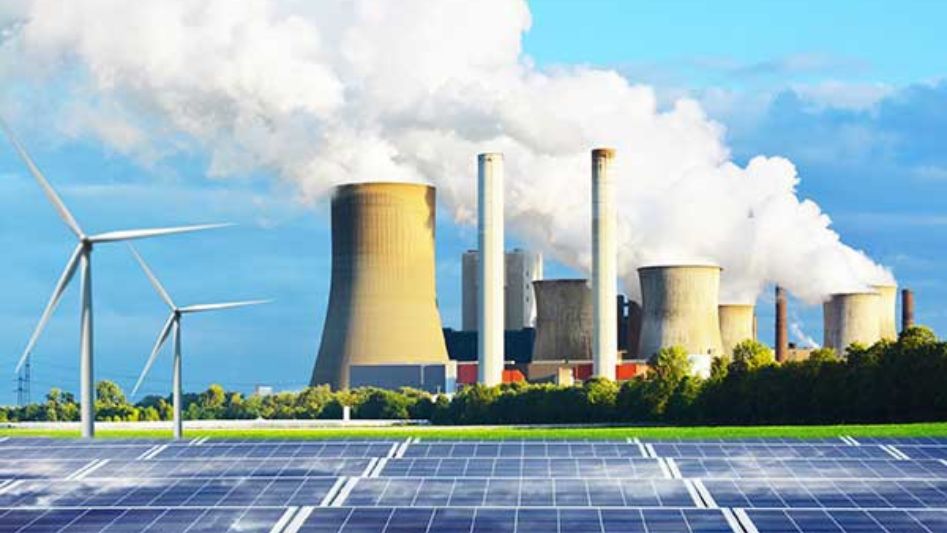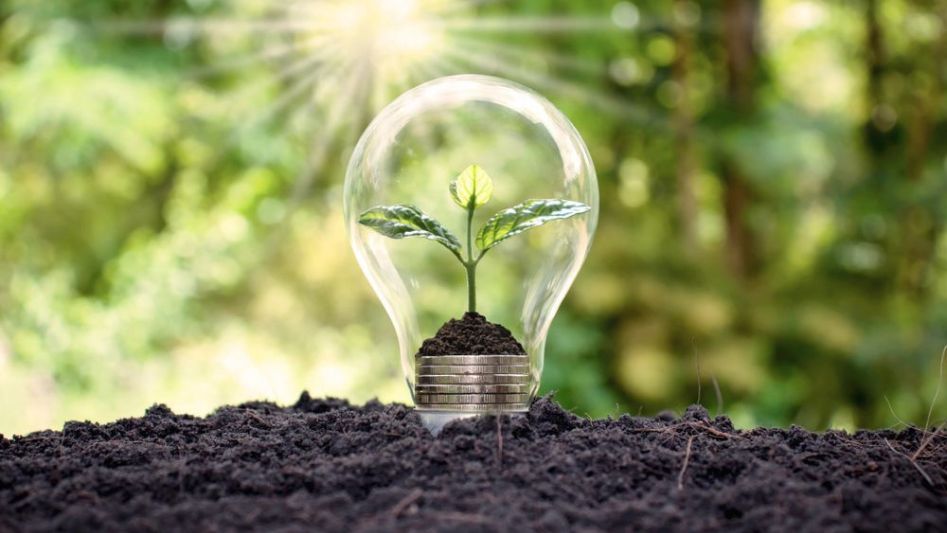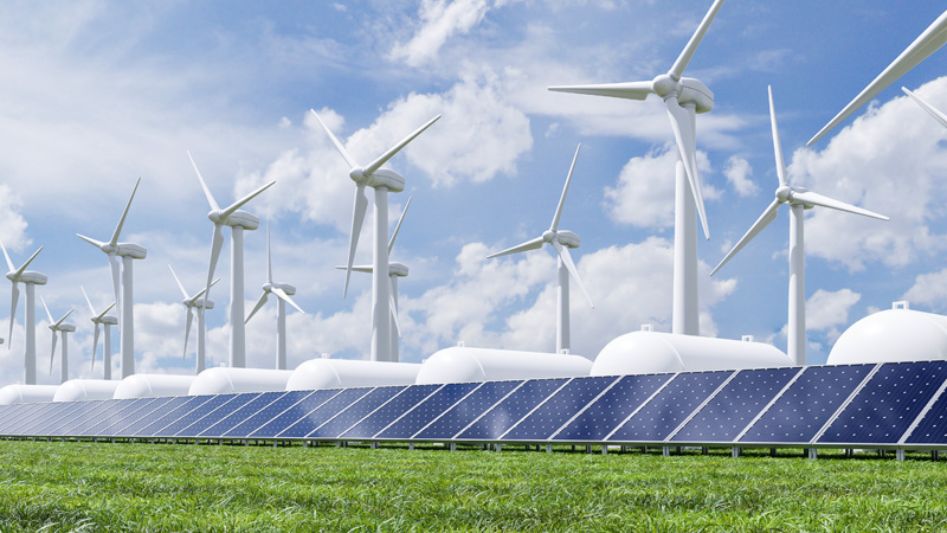In recent years, there has been a remarkable shift in the way we generate and consume energy. As concerns about climate change and environmental degradation continue to grow, the world is witnessing the rise of green energy. Renewable sources such as solar, wind, hydro, and geothermal power are gradually reshaping the energy landscape, offering a sustainable and cleaner alternative to traditional fossil fuels. This article explores the various aspects of this green revolution and its profound impact on our lives, economies, and the planet.
Table of Contents

The Rise of Green Energy: A Sustainable Alternative
Solar Power
Solar power has emerged as a game-changer in the renewable energy sector. By harnessing the abundant energy from the sun, solar panels can convert sunlight into electricity. The cost of solar panels has significantly decreased over the years, making it an attractive option for homeowners and businesses alike. Solar energy not only reduces reliance on fossil fuels but also provides a decentralized and resilient energy source.
Wind Power
Wind power is another key player in the green energy revolution. Wind turbines utilize the kinetic energy of the wind to generate electricity. Wind farms, both onshore and offshore, have sprung up across the globe, harnessing the power of nature to produce clean and renewable energy. The scalability and efficiency of wind power make it an essential part of the transition towards a sustainable future.
Hydro Power
Hydropower, derived from the energy of flowing water, has been utilized for centuries. Dams and turbines convert the kinetic energy of water into electricity, making hydropower a reliable and renewable energy source. Large-scale hydroelectric projects can generate significant amounts of power, while small-scale hydro systems can provide energy to remote areas. However, the environmental impact and displacement of communities due to dam construction need to be carefully considered.
Geothermal Power
Geothermal energy taps into the Earth’s natural heat, found in rocks and fluids beneath its surface. Geothermal power plants utilize steam or hot water reservoirs to drive turbines and produce electricity. This clean and renewable energy source is available 24/7, making it a reliable option. Geothermal energy has the potential to reduce greenhouse gas emissions and provide a sustainable solution for heating and electricity generation.

Benefits of Green Energy
The rise of green energy brings forth numerous benefits, transcending environmental advantages alone. Let’s explore the holistic advantages of embracing renewable sources:
Environmental Benefits
Green energy significantly reduces greenhouse gas emissions, thus mitigating climate change. By transitioning away from fossil fuels, we can curb the rise in global temperatures, protect biodiversity, and preserve ecosystems. The shift to renewable energy is a crucial step towards a sustainable and habitable planet for future generations.
Economic Benefits
The green energy sector offers vast opportunities for job creation and economic growth. Investments in renewable energy projects spur employment in manufacturing, installation, maintenance, and research. Furthermore, as renewable energy sources are often domestically available, countries can reduce their reliance on costly energy imports, achieving greater energy independence.
Social Benefits
The adoption of green energy leads to improved public health by reducing air and water pollution associated with fossil fuel combustion. Cleaner air quality translates to lower instances of respiratory diseases and a healthier population. Additionally, renewable energy provides access to electricity in remote and underserved areas, empowering communities and bridging the energy gap.
Overcoming Challenges
While the rise of green energy presents promising prospects, certain challenges need to be addressed for a seamless transition:
Intermittency
Renewable energy sources, such as solar and wind, are intermittent in nature, relying on weather conditions. Developing efficient energy storage systems and establishing a robust grid infrastructure are key to managing power variability and ensuring a stable energy supply.
Cost and Affordability
The initial cost of setting up renewable energy systems can be higher compared to traditional fossil fuel-based infrastructure. However, advancements in technology and economies of scale are gradually driving down costs, making green energy more affordable in the long run.
Policy Support
Strong policy frameworks and supportive regulations play a pivotal role in accelerating the adoption of green energy. Governments and international bodies must provide incentives, subsidies, and favorable conditions for renewable energy investments and innovation.

Conclusion
The rise of green energy marks a pivotal turning point in our relationship with the planet. Renewable sources are reshaping the energy landscape, offering an environmentally friendly and economically viable alternative to fossil fuels. With the multiple benefits it brings, green energy has the potential to transform societies, mitigate climate change, and create a more sustainable and prosperous future for all. As individuals, communities, and nations unite in embracing this green revolution, we pave the way for a brighter and greener tomorrow.
FAQ
What is the role of green energy in combating climate change?
Green energy helps reduce greenhouse gas emissions, which are the primary drivers of climate change. By shifting to renewable sources, we can mitigate global warming and its adverse impacts on the environment.
How can individuals contribute to the green energy transition?
Individuals can embrace green energy by installing solar panels, opting for electric vehicles, and practicing energy efficiency in their homes. Supporting renewable energy policies and spreading awareness also make a significant difference.
Can green energy meet our growing energy demands?
Yes, green energy has the potential to meet our energy demands sustainably. As technology improves and investments increase, renewable sources will become more efficient and capable of providing reliable power on a large scale.
You May Also Like
- CARBON OFFSETTING AND GREEN ENERGY: A MATCH MADE IN HEAVEN
- THE BENEFITS OF GREEN ENERGY FOR PUBLIC HEALTH AND THE ENVIRONMENT
- THE CIRCULAR ECONOMY AND THE ROLE OF GREEN ENERGY
- THE PROS AND CONS OF NUCLEAR ENERGY IN A GREEN ENERGY MIX
- HOW GREEN ENERGY IS REVOLUTIONIZING THE POWER GRID
